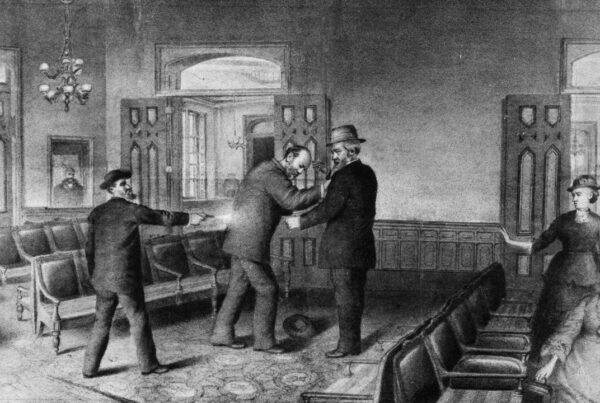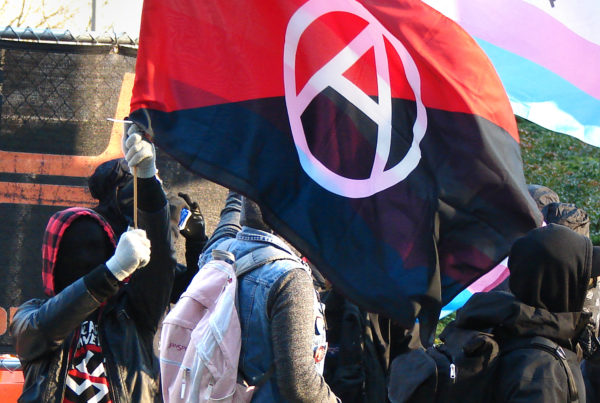Alternative Names:
Shining Path, Partido Comunista del Peru en el Sendero Luminoso de Jose Carlos Mariategui, Communist Party of Peru on the Shining Path of Jose Carlos Mariategui, Partido Comunista del Peru, Communist Party of Peru, The Communist Party of Peru by the Shining Path of Jose Carlos Mariategui and Marxism, Leninism, Maoism and the Thoughts of Chairman Gonzalo, Revolutionary Student Front for the Shining Path of Mariategui, Communist Party of Peru – By Way of the Shining Path of Mariategui, PCP – por el Sendero Luminoso de Mariategui, PCP and PCP-SL
Location:
Peru
Leadership:
Sendero Luminoso (SL) began in the late 1960s as a small communist revolutionary group led by a philosophy professor named Abimael Guzmán. Guzman was captured and imprisoned in 1992.
Membership:
At the height of its power, its ranks numbered around ten thousand. The capture of their leader in 1992 derailed the group’s momentum, and the remnants of the group now operate mainly in remote jungle areas.
Funding Sources:
SL operates highly efficient and lucrative cocaine trafficking elements, as well as imposes protection taxes on small businesses and individuals in the areas they predominantly operate within.
Origins:
Established in the 1960s, SL is a splinter group of the Communist Party of Peru. It is one of the two main Peruvian rebel groups, along with Tupac Amaru. It was most active in the 1980s and early 1990s, when Peru’s government fought a costly war against its insurgency.
Major Attacks:
SL initially targeted local authorities, such as mayors and local political leaders, however it gradually expanded its target list to include wealthy locals and state agency heads. It is estimated to have been responsible for as many as 11, 000 civilian deaths, though there are estimates of 70, 000 deaths overall in the fighting between the Peruvian government and the Shining Path.
Ideological Roots:
SL traces its ideological roots to militant Maoism. The group believes that through the elimination of the bourgeoisie and the consolidation of a dictatorship of the proletariat, along with cultural revolution, it can achieve the communist ideal.
Objectives:
The group’s objective is to destroy existing Peruvian institutions and replace them with a communist peasant revolutionary regime, and eliminate foreign influence from the country.
Tactics:
Guerrilla warfare, bomb attacks, firearms attacks, assassination, and narcotic trafficking.
Updated on January 15, 2016.







